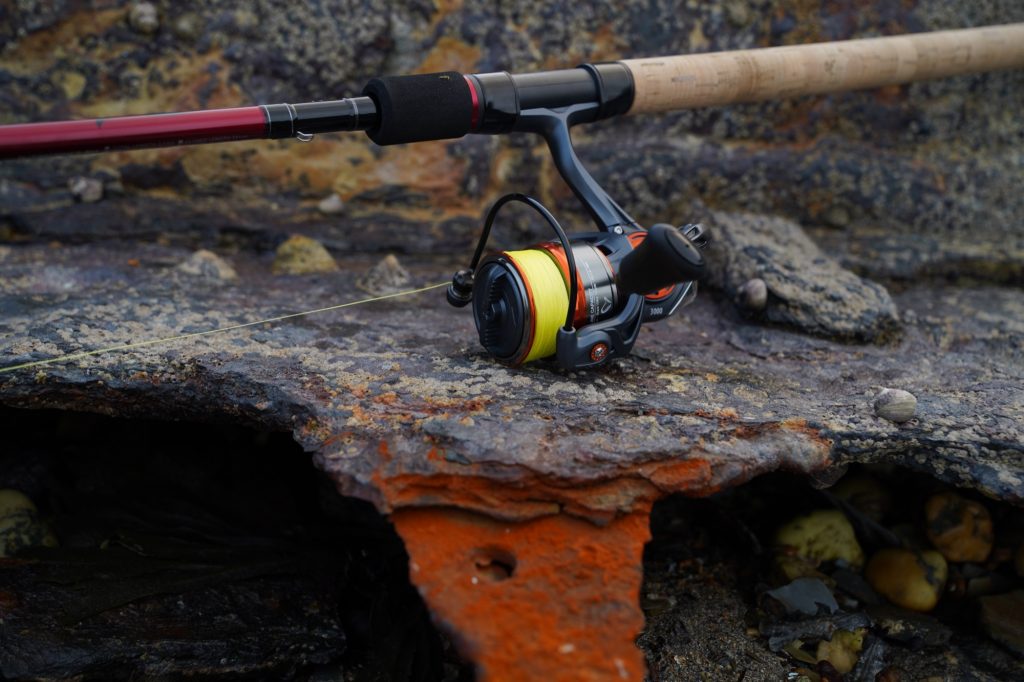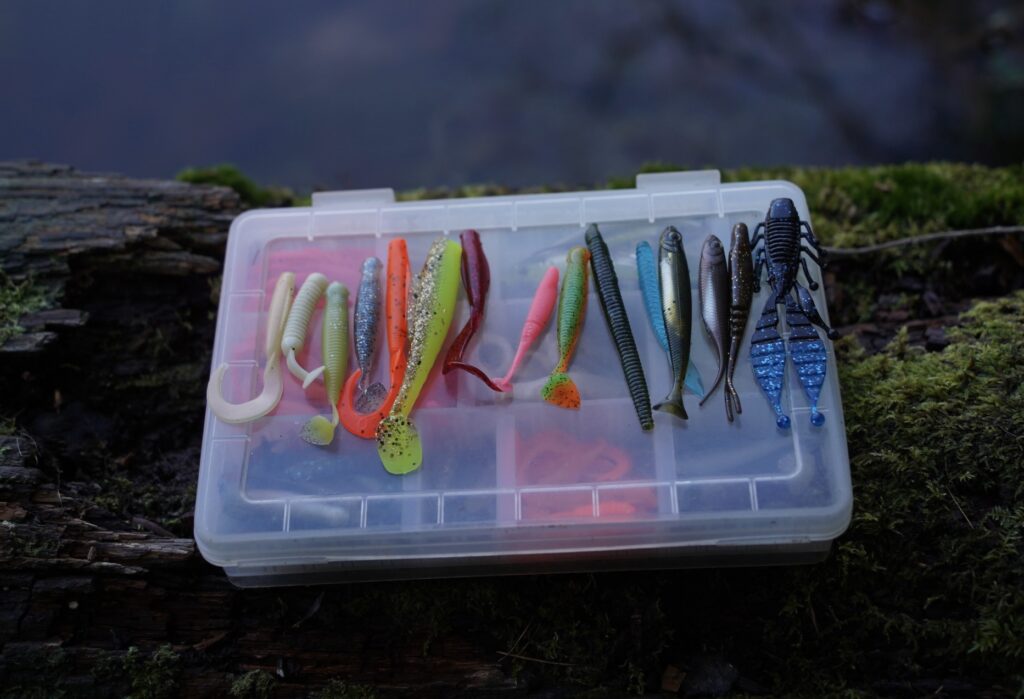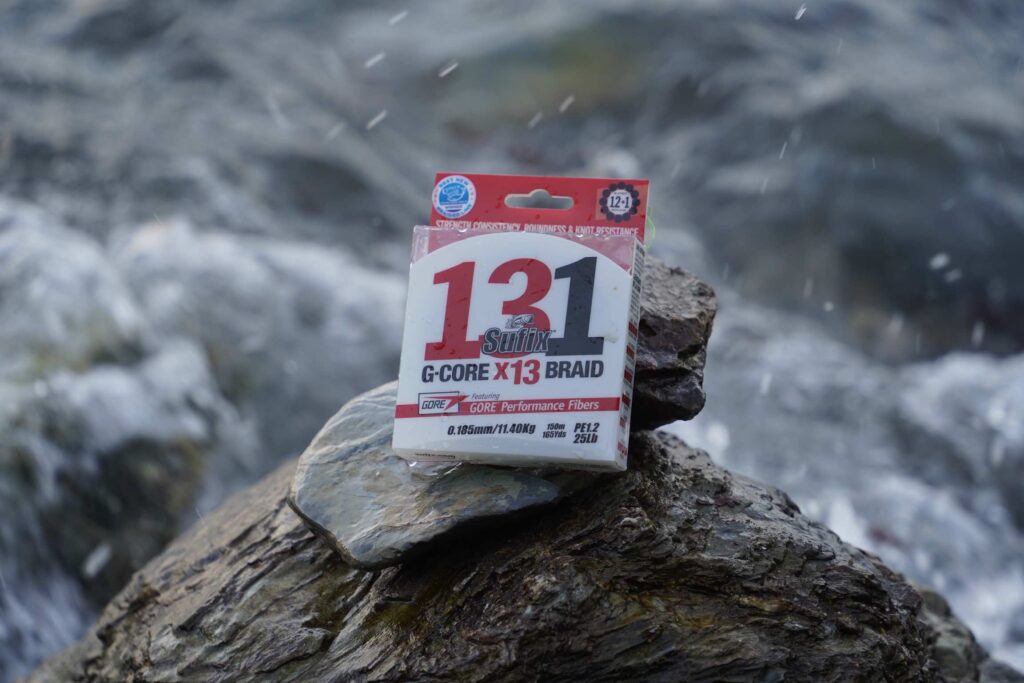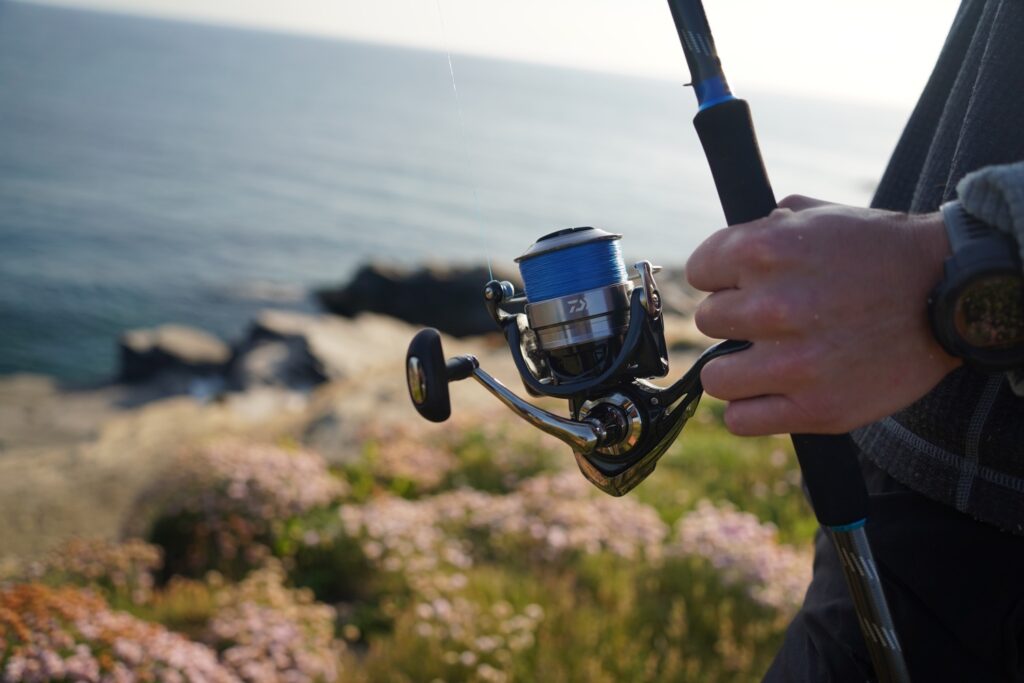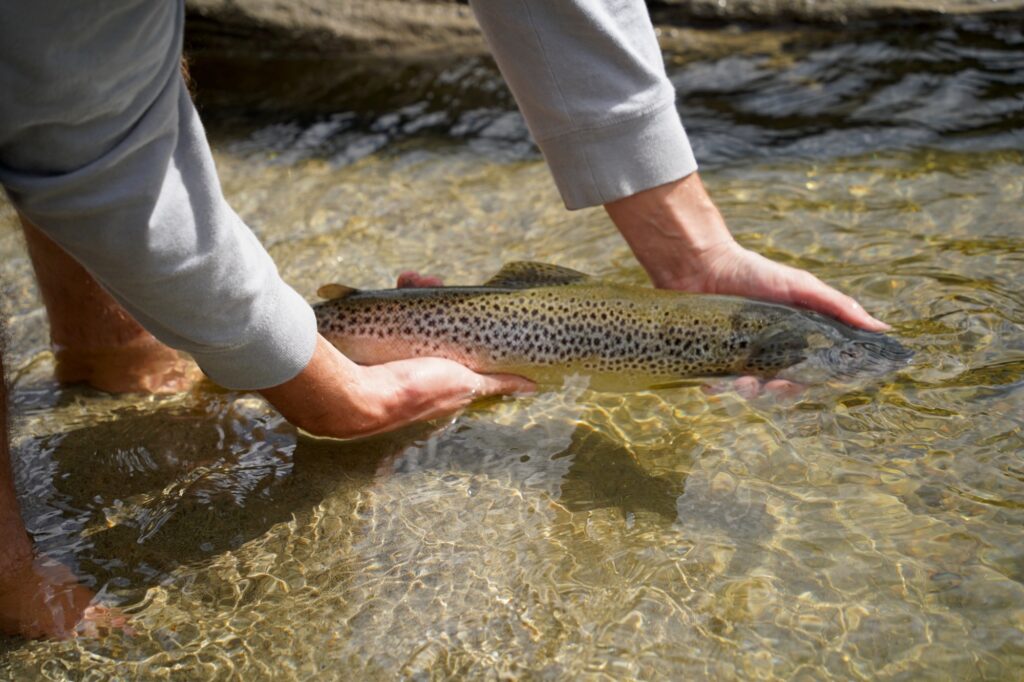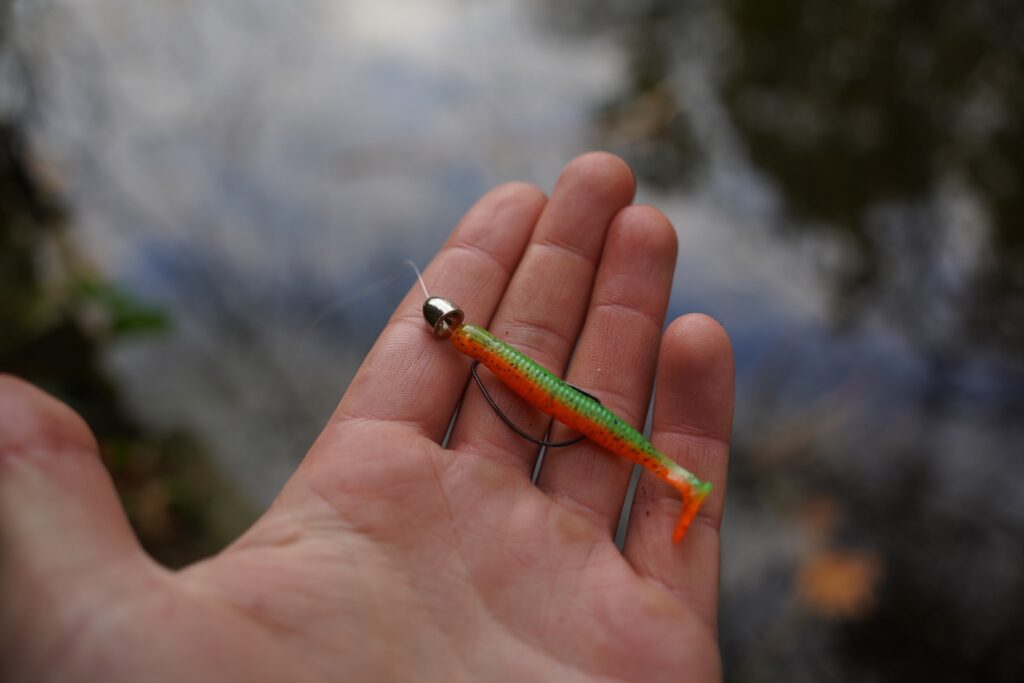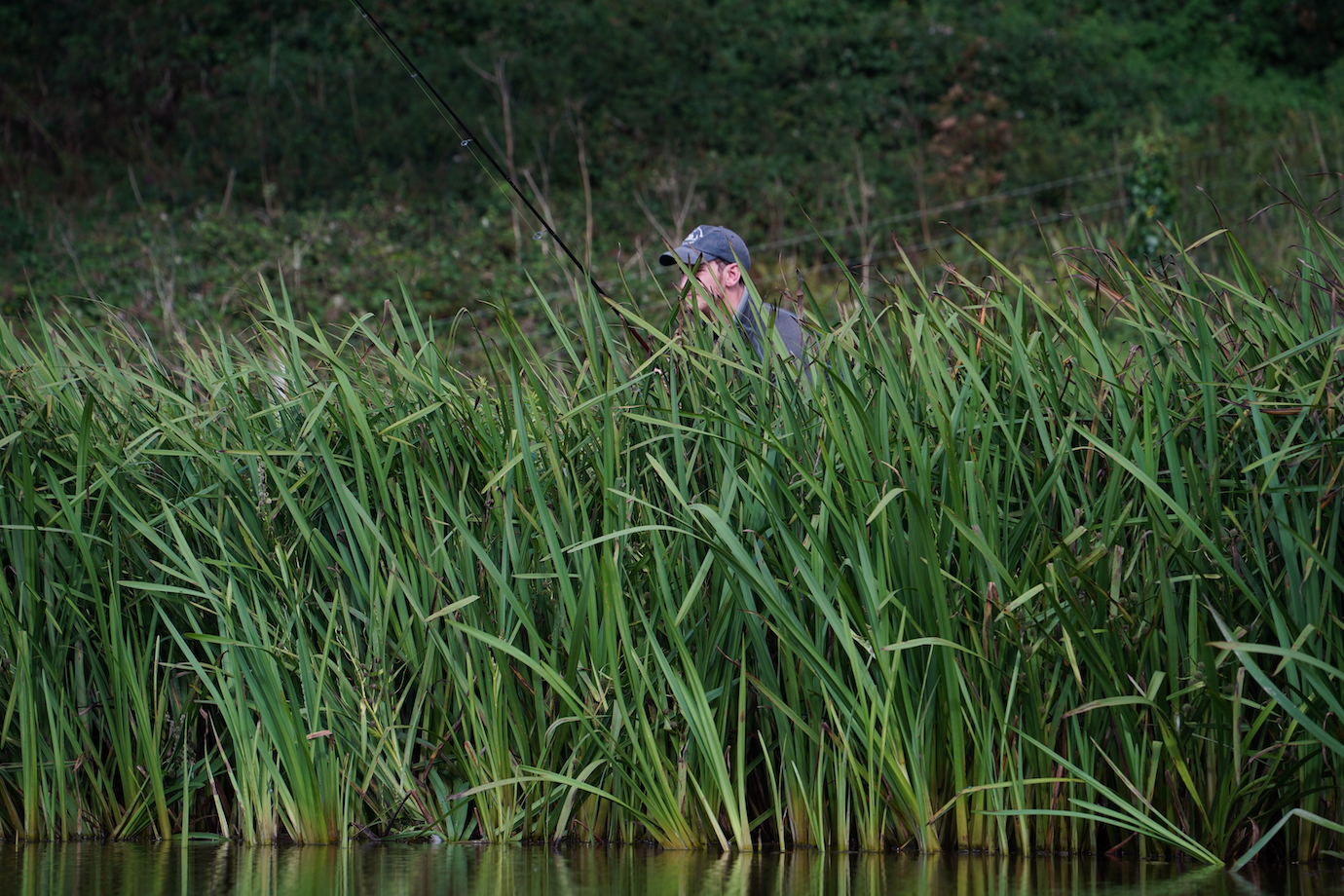
The Perch Rod Guide | Stalking predators with light tackle
Perch fishing with a light lure rod and light lines can be one of the saviours of British winter sport fishing. When all your perch fishing tackle works together, it’s hard to go back to a clunky old spinning rod setup. To make the most of the perch and feel every bite, we need some seriously light weight kit.
Fishmag is reader-supported and earns commissions from affiliate sales, such as from amazon.
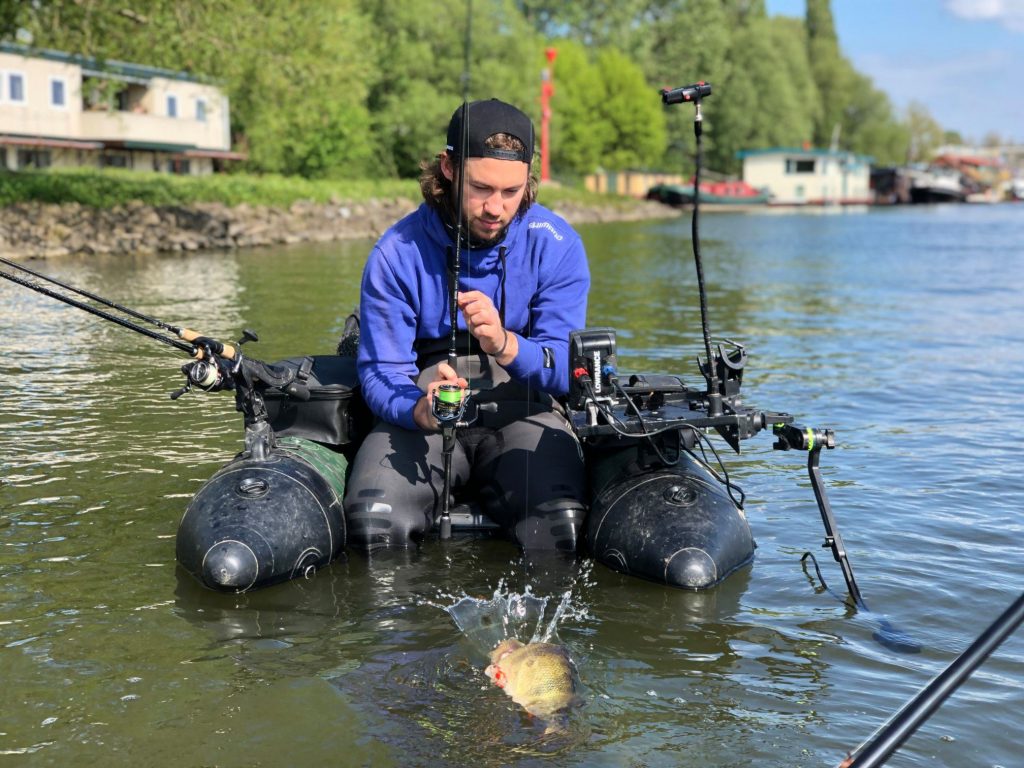
FISHMAG is an Amazon Affiliate and may earn commission from sales.
A very sensitive rod is required in order to feel all those perch bites. Some hits will be noticeable on almost any spinning rod. Others are subtle, like a sudden alleviation of tension on the rod tip – almost like an anti-bite. You can only feel those on a very sensitive rod.
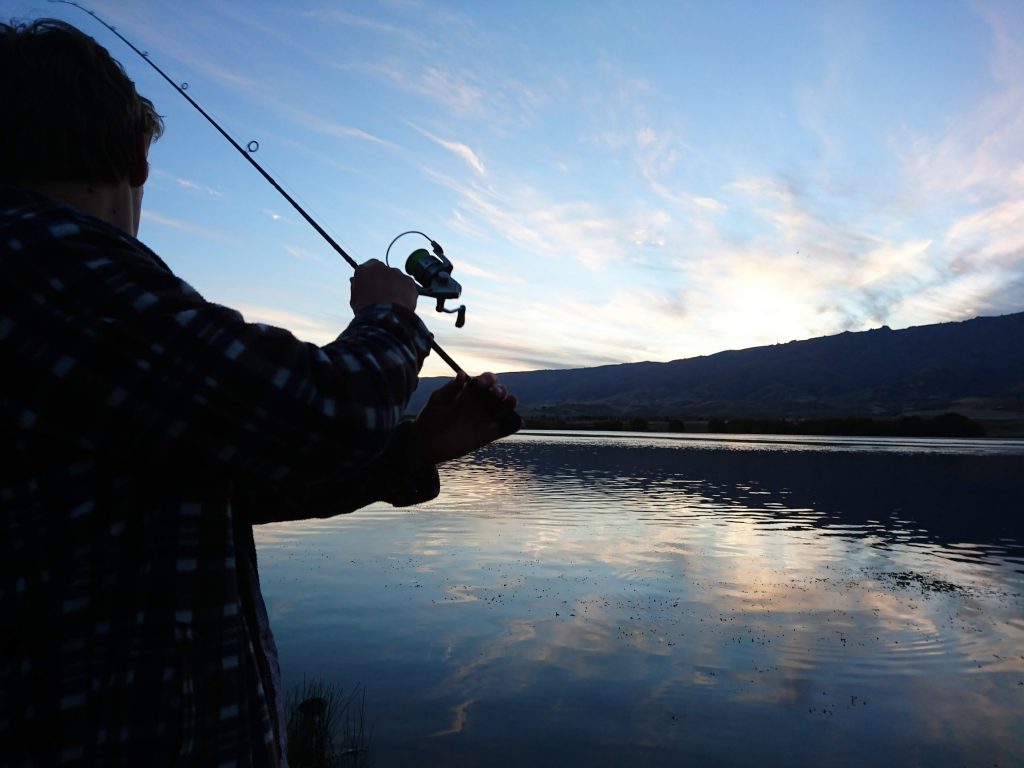
Recommended perch rods:
HTO Nebular Light Gamer, as long as no large pike are present
Savage Gear SGS2, more appropriate for waters with smaller pike & zander
Abu Garcia Ultra Light, for maximum sport when there aren’t pike!
The perch has a mouth that inhales prey – it creates something like a vacuum in its mouth. When the mouth opens, water floods in. A rod that is sensitive enough will allow the perch to move the lure a few inches with minimal resistance. A rod that’s too stiff could result in lures being yanked out of fish’s mouths.
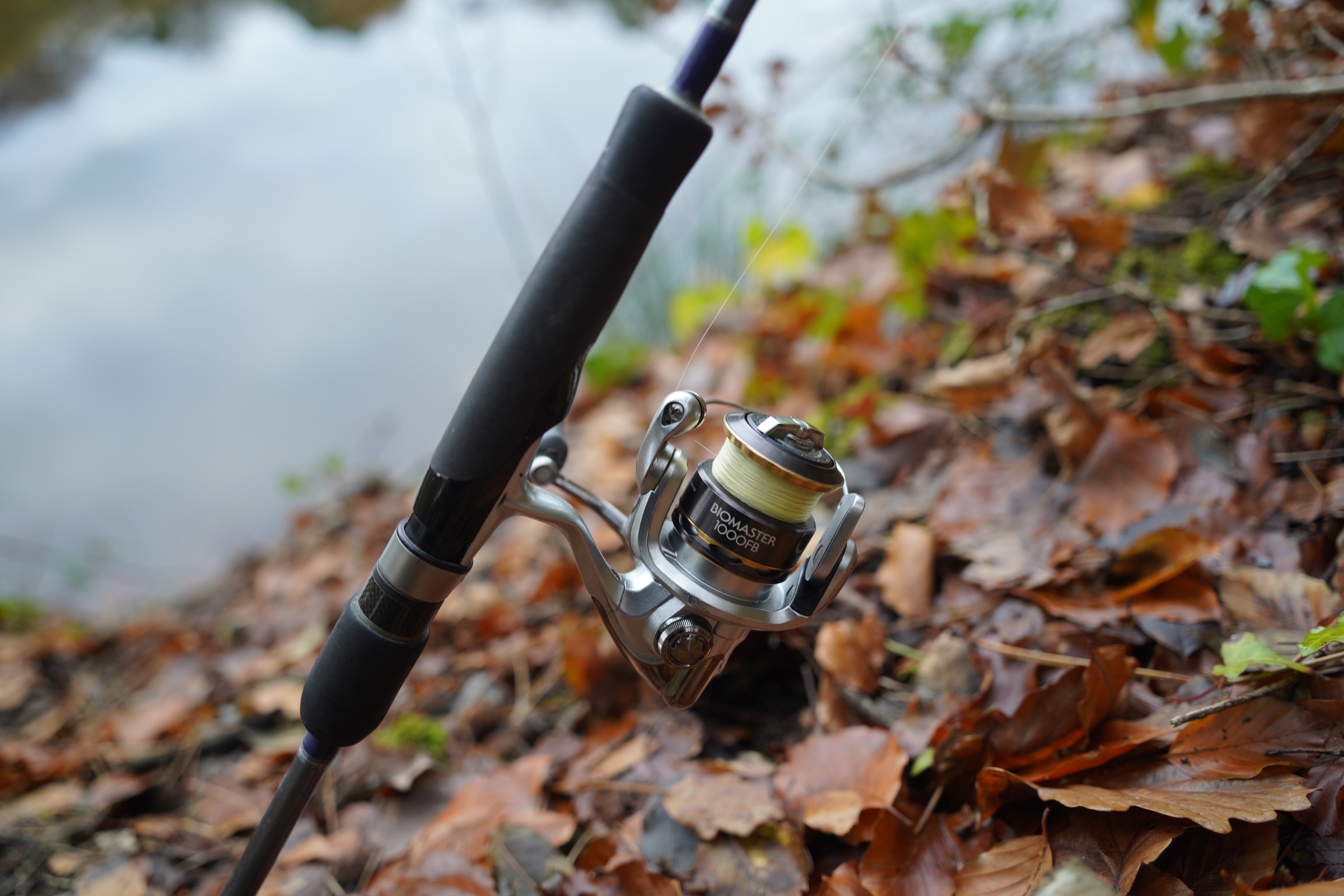
It’s also more fun targeting these fish with lighter tackle since they never grow above 6lb. The rods that work best for perch are the same as the rods popular amongst LRF anglers.
What’s the best casting weight for a perch rod?
The best casting weight for a perch rod is around 10g. A the lower range of 1-2g helps casting the lightest lures. This is the best set-up as long as pike are not heavily present in the water you’re fishing. The HTO Nebular Light Gamer is a good example. If larger pike are present, a rod that casts 20-30g would be more prudent. You can’t filter out all the pike, even when fishing with smaller lures. For pike-filled larger lakes, we’d use what we normally call a ‘bass rod‘ because the casting weight needed is the same.
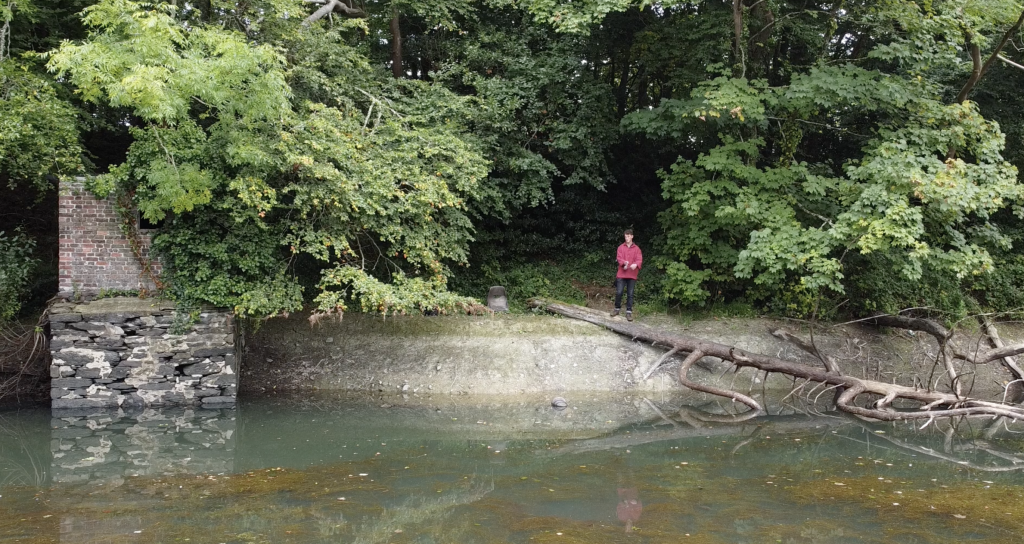
What’s the best lure rod length for perch?
The value of shorter rods for perch
A perch rod of 7ft is generally accepted as the standard size because it offers more control and manoeuvrability in tight areas. These areas might include under a bridge or a tree where fishing with a longer rod is not easy. In waters that are heavily vegetated, I have used a 6.5ft rod. This is especially useful when the only option is to fish from up trees! Shorter rods contribute to more casting accuracy. A 7.5ft rod will be ideal for most people. The 6ft HTO Aikido would be the perfect tool for close quarter fishing.
8ft might be the best rod length for fishing big lakes
An 8ft rod is a sensible upper limit for most people. It proves useful in waters where a longer cast is beneficial, such as larger lakes and lochs. A longer rod makes it easier to hold lures deeper in the water when you’re standing high above the water (with the rod tip pointed down). It also makes it easier to hold your lure’s position if you want to fish the central channel of a canal or river. The key rule to remember here is: Shorter rods provide more control and manoeuvrability. Longer rods are helpful when fishing in bigger, more open venues.

Best rod action for perch fishing
The type of perch lures you use will likely determine what rod action you choose. It really comes down to personal preference and this is one of the many areas of fishing where you will receive contradictory advice!
Most people generally prefer faster actions, but don’t worry about it too much. Some people find that their casting is more accurate with faster action rods. On the other hand, a slower action rod will wobble after the cast, leading to more randomness in the delivery of the lure. Slower actions can be useful when fish are very tentative. If fish respond poorly to feeling too much resistance when they take the lure, a slower action can be a more finesse approach.
Faster action rods are better with perch plugs
Many prefer rods with faster actions if you mainly fish with plugs. These rods hold their form better against the plug’s resistance in the water. They snap back to being straight faster because the rod bends more at the tip and less in the lower section of the rod. A slow action rod would bend more as you retrieved the lure. This bending occurs further down in the rod, which can reduce bite sensitivity a bit. Bites will be absorbed lower down in the rod blank than they would be if the rod was straight at the time of the bite.
Should you get a solid or tubular tipped perch rod?
For fishing with soft plastics, a solid tip is superior. However, a tubular tip handles the action of hard lures better. It has a faster action. After twitching a lure, the rod snaps back to being straight. A solid tip would absorb more of the resistance and snap back less decisively.
When using soft plastics for fishing, particularly the smallest ones, a solid-tipped rod proves beneficial due to its increased bend into the lure. Tubular rods, on the other hand, are more suitable for drop-shotting and hard lures. They offer more bite sensitivity in the blank, but less visual aspect. For example, when you’re dead sticking, which means leaving a lure still and not retrieving it, in the midst of a British winter, a solid-tipped rod becomes handy. It enables you to detect the smallest bites from fish. These fish have lower metabolisms and more tentative feeding behaviour during this season.
Best reels for perch fishing UK
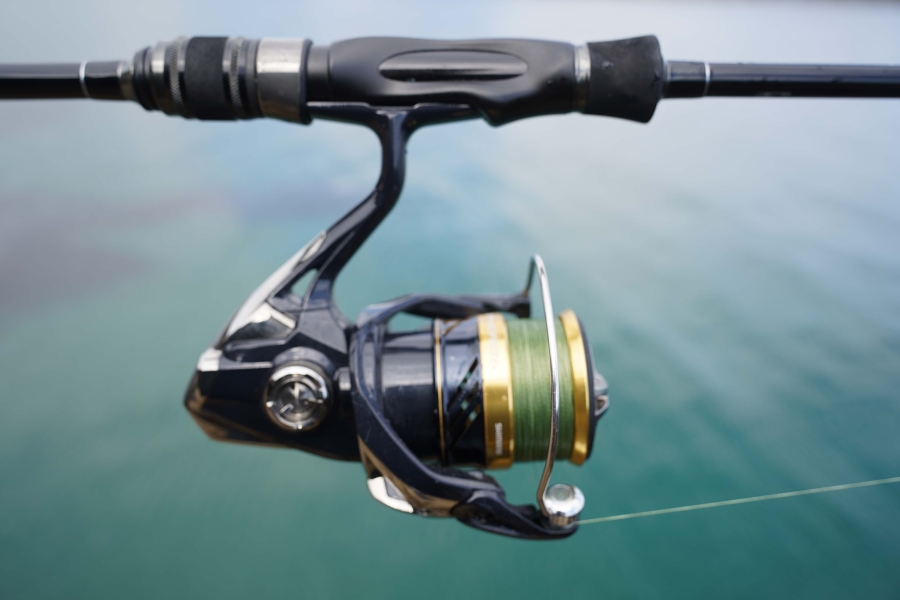
The best perch spinning reels fall within the sizes 1000 – 3000. For most people, 2500 / 3000 proves ideal. Take the Daiwa Ninja as an example. If you seek a very cheap reel, this guide will not assist you. The reason is that each part of your lure fishing setup relies on the other parts for proper functioning. If your reel is substandard, your nice braid or lightweight fluorocarbon line will tangle. Consequently, the reel will likely struggle with lighter lines. This makes fishing with lighter lures more challenging. Quality holds more importance with ultra-light spinning outfits than with regular spinning rods.
If you’re unsure about reel sizes, get a perch rod & reel combo
If you’re unsure about what reel size to get for your rod or a rod you’re looking at buying, consider buying a rod and reel combo together, or contact FISHMAG and we’ll help you find the right size.
You should ideally aim to purchase a Daiwa or Shimano, spending at least £50 to ensure quality. If you contemplate buying a different brand, FISH MAG can verify its worth, as other good options exist. Shimano and Daiwa reels priced at £30 are functional. At £60, they become more appealing, and at £100, they transform into a superior product. However, a word of caution – once you experience fishing with a reel that costs double, returning to a cheaper option becomes impossible. I believe that significant functional improvements happen up to about £70. Yet, as you invest more, reels become smoother and sturdier.
Be very careful with reels that look shiny and nice on the outside but cost under £30, because you can’t tell how good a reel is by how shiny and slick it looks!
Savage Gear SG2 Reel Review
Savage Gear SG2 Reel Review Note: since writing this review, we do not recommend these…
Best brown trout lures UK
Best brown trout lures UK Let’s go through every type of brown trout lure and…
The best braided fishing lines, ranked
The best braided fishing lines, ranked We look at the best braids, from the budget…
The Ideal Beginner’s Lure Fishing Set-Up
The Ideal Beginner’s Lure Fishing Set-Up Let’s break down each part of a lure fishing…
Spinning for Brown Trout in the UK | 20 Tips
Sea trout photography credit: David Miller Spinning for Brown Trout in the UK | 20…
Lure fishing rigs & when to use them
Lure fishing rigs & when to use them Choosing the right rig is often the…

